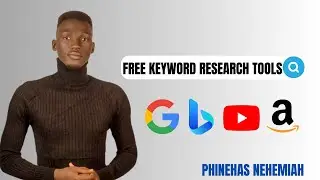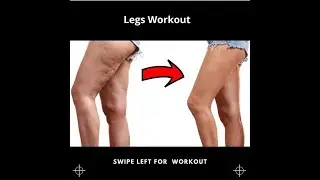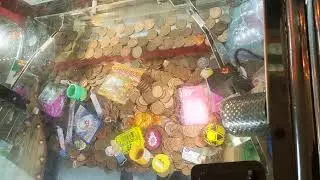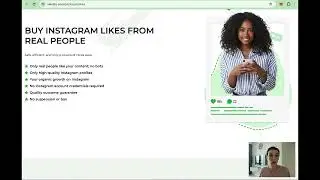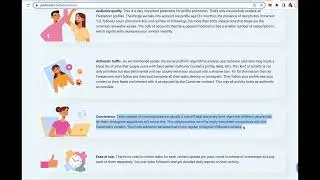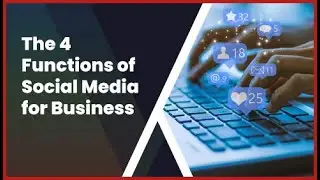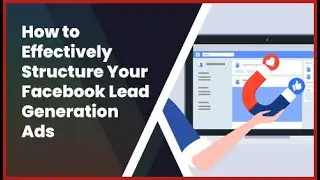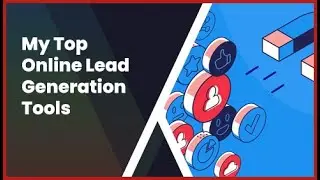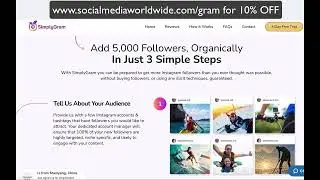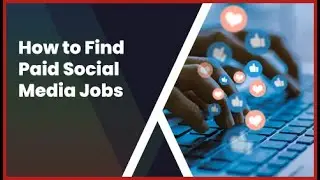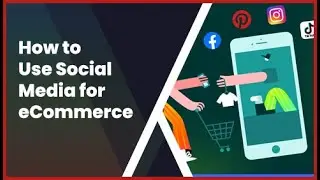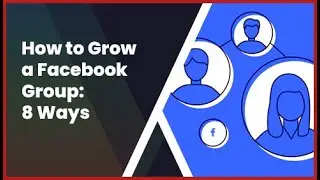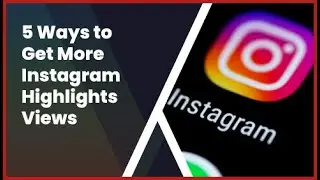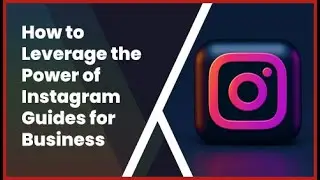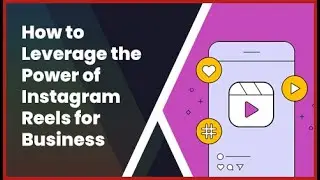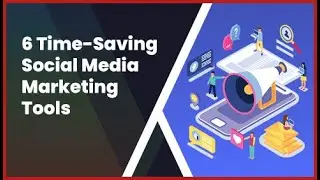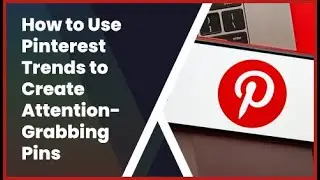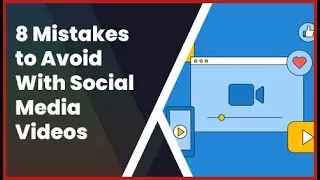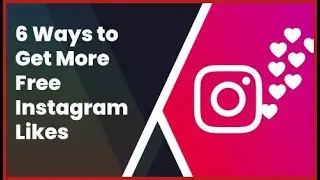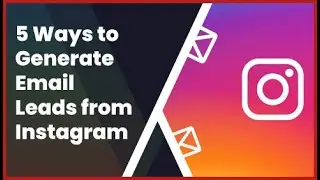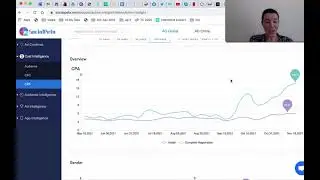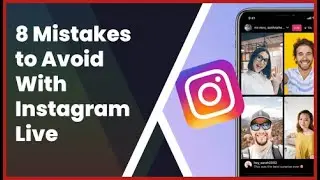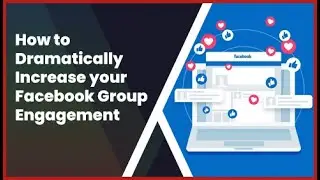How to Run Effective eCommerce Ads
When you have an ecommerce business, its success heavily relies on good marketing and effective social media ads.
And if you have a decent marketing budget, you can invest in social media advertising instead of relying on organic reach.
The first step to setting up ecommerce ads on Facebook is making sure you have a Facebook page for your ecommerce business and a Facebook advertising account.
The next step is to create a product catalog. In other words, link all your products from your ecommerce store to your Facebook advertising account.
The third step is to set up your Facebook tracking pixel and set up standard events.
The Facebook pixel is a piece of code that measures events that happen on your website, such as when someone views an item or adds it to their basket.
To install the tracking pixel for your Facebook ecommerce ads, go to “events manager” under “business tools” in your Facebook ads account.
Once you’ve created your pixel for your Facebook ecommerce ads, you're ready to put the Facebook pixel code on your website. For instructions on how to do this, follow the prompts after clicking on “manually add pixel code to website”. Alternatively, if you work with a website developer, you can email the instructions to them on how to install your pixel code.
After you add the pixel base code to your website for your social media advertising, you can set up events to measure the actions you are interested about, such as making a purchase or adding items in a shopping cart. Events are actions that people take on your website, such as making a purchase.
Once you’ve connected your pixel to your catalogue and set up events, you can create dynamic social media ads, which show relevant items from your catalogue to people who've shown interest in them.
Dynamic ecommerce ads automatically display ads to people based on their interests, intent and actions. This removes the time consuming task of creating individual ecommerce ads for each and every item you sell. Instead of setting up hundreds of Facebook ecommerce ads manually, Facebook uses the catalogue your created with all of your products to create these ecommerce ads. So whenever a shopper expresses interest in an item from your catalogue, Facebook will display an ad for that person and display it automatically on mobile, tablet and desktop.
Dynamic social media ads look exactly like other single image, carousel, Stories or collection ads on Facebook and Instagram. If you use the Catalogue Sales campaign objective, you'll be automatically running dynamic ecommerce ads.
You can create a dynamic ecommerce Facebook ad with the carousel, single image or collection ad format. Instead of individually creating an ecommerce Facebook ad for each of your products, you create an ad template that automatically uses images and details from your catalogue.
When you create your social media advertising campaign, you might want to update the copy automatically created by default, based on your catalogue.
You might have to Update the headline and News Feed link description, you might want to Add a call-to-action button to your ad or Add a deep link unique to each item that appears in your social media ads. Deep links provide more control over which section you take people to when they select an item in your ad on their computer.
You might also want to customize the images to increase your chances of your social media ads converting into sales such as crop images, or add more images or add more specifications such as free delivery or discounts.
Thanks to dynamic ecommerce Facebook ads you can target two types of audiences.
Broad audiences reach consumers who have not yet purchased from your business or visited your website but may have shown interest in the types of products or services you are offering. Or people who have expressed interest in specific products on your website and encourage them to complete the action.
Remember, the work required to set up a social media advertising campaign doesn’t stop once all the FB ads are running. To really maximize your chances of experiencing a return on investment, you need to do some campaign optimization after your FB ads have been running for a few days.
You can optimize different elements of the Facebook ecommerce campaign.
• Audiences
• Creative
• Copy
• Placements
• Demographics



